Fakahatchee Strand Preserve is Florida’s largest state park. The word “Fakahatchee” is the Miccosukee term for “forked river” referring to the water flow around the strand. This area has a canopy of bald cypress trees, royal palms, and occasional gumbo limbo trees. The area also contains more orchids and bromeliads than anywhere else in North America. There are 44 orchids and 14 bromeliads native to this area. Unfortunately, orchid poaching has been a large problem in the past. Keeping the Park Services number on hand and calling if you witness poaching could help protect the many endangered orchids that exist here.
The cypress trees were previously vulnerable to unregulated logging and very few old trees exist. You can also find small freshwater sponges on old floating tree branches. There is also an abundance of wildlife.
Fakahatchee Strand Preserve State Park is on the Great Florida Birding and Wildlife Trail. The strand offers biking, geocaching, canoeing, picnicking, and contains the Karen O’Neil Memorial Garden located at the entrance. Restrooms are available. There is so much to see in this beautiful swamp.
Hours are 8 a.m. to sunset. For more information, check out the website. https://www.floridastateparks.org/…/fakahatchee-strand-pres…

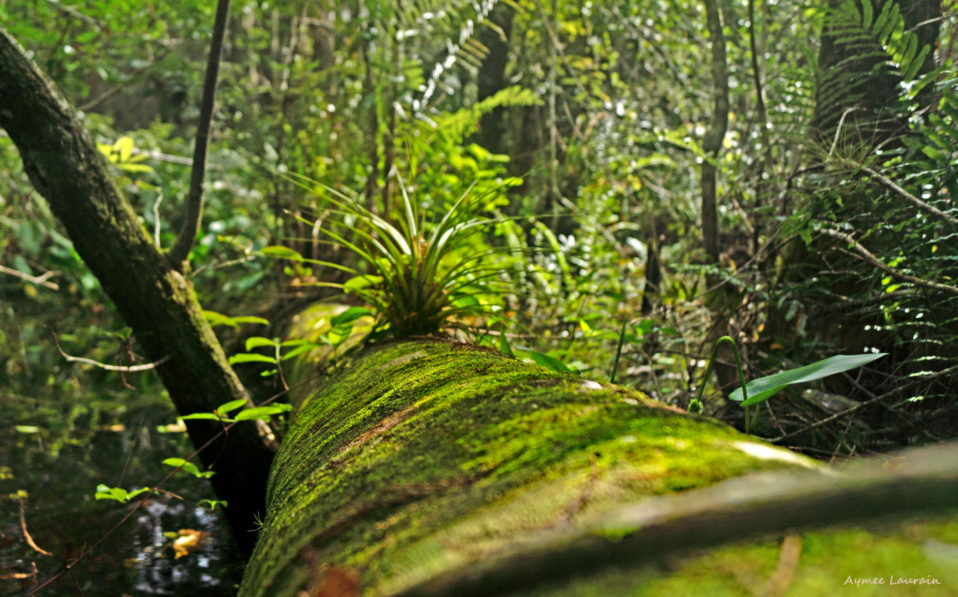
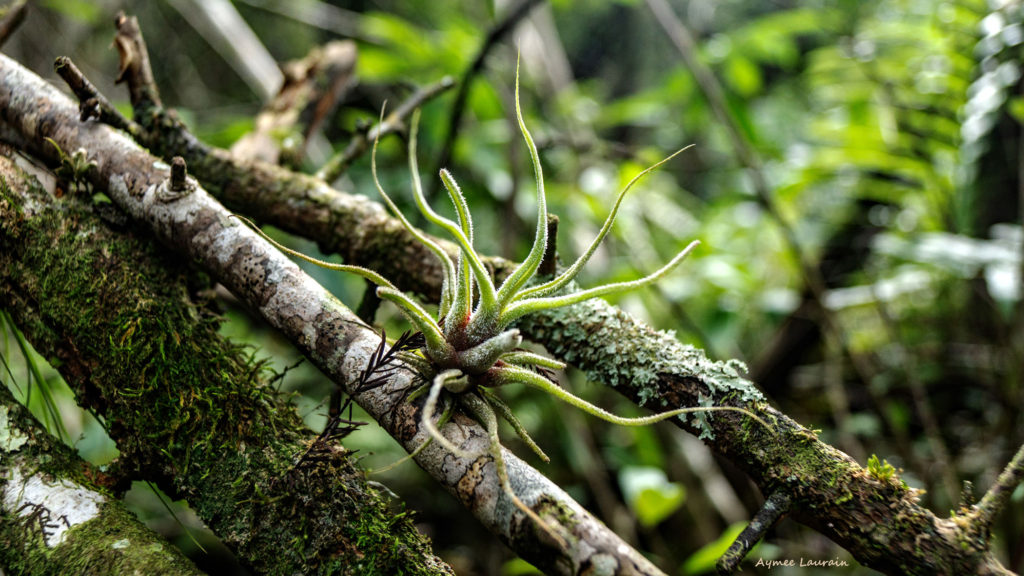
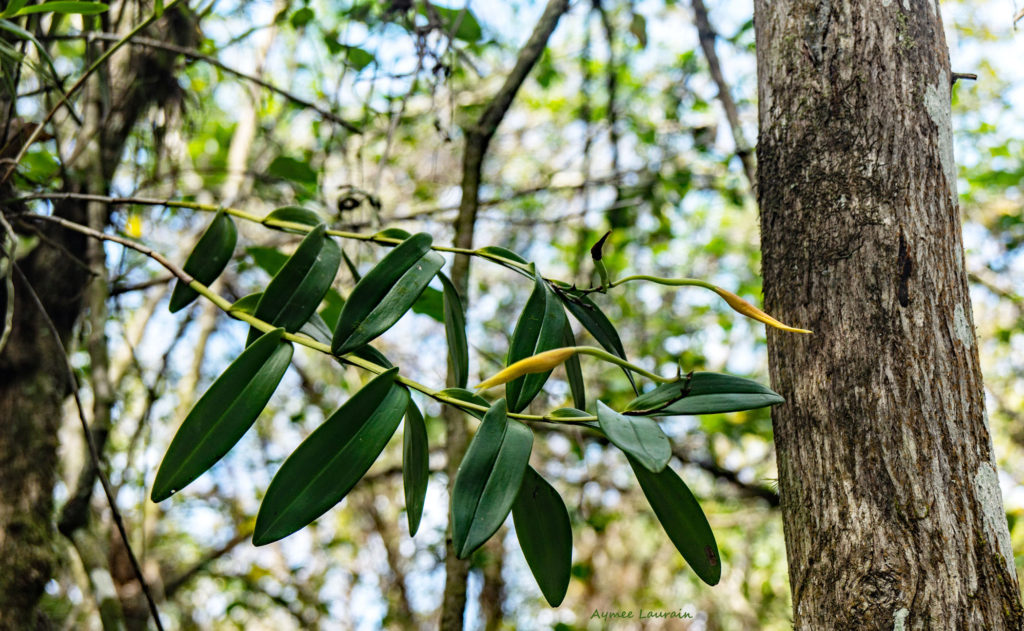
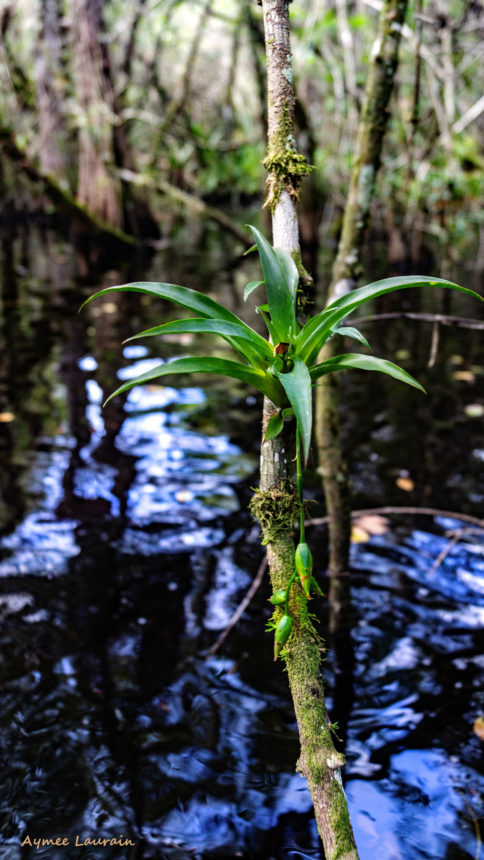
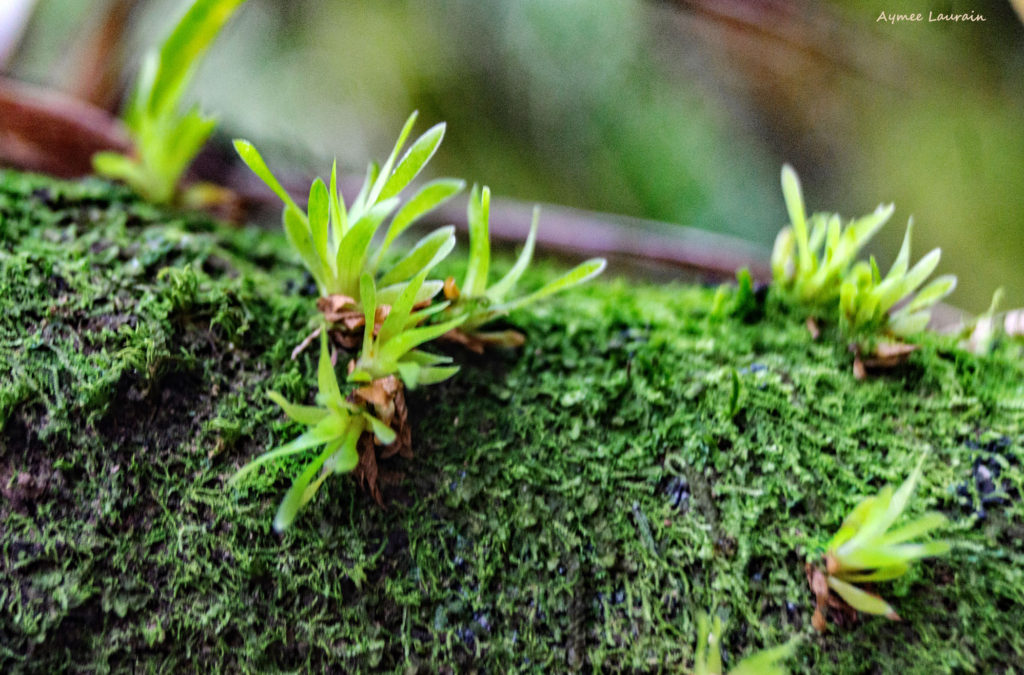
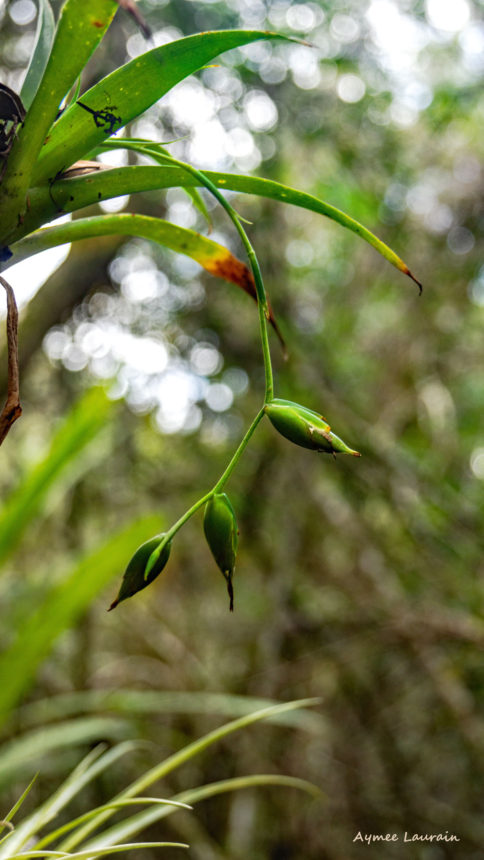
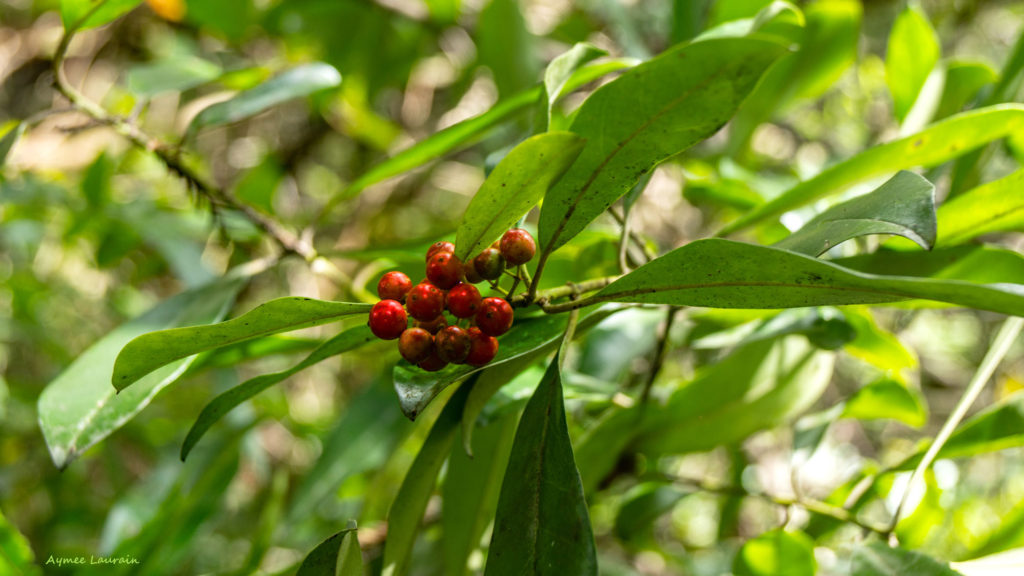
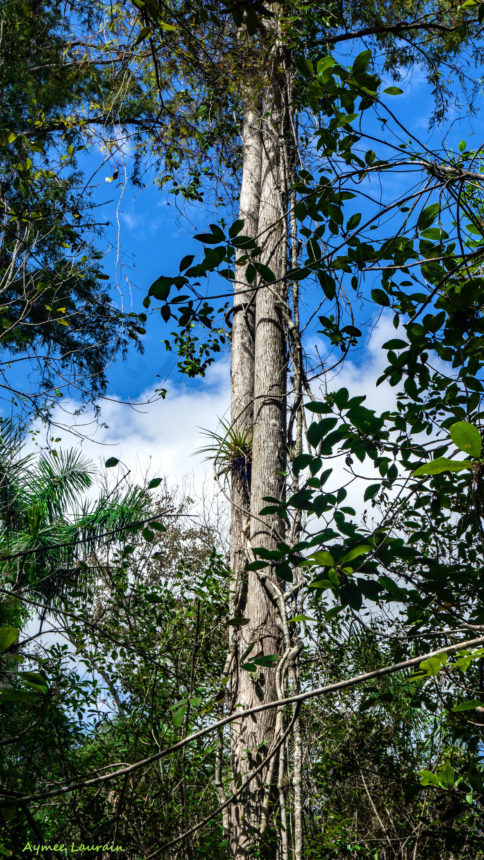
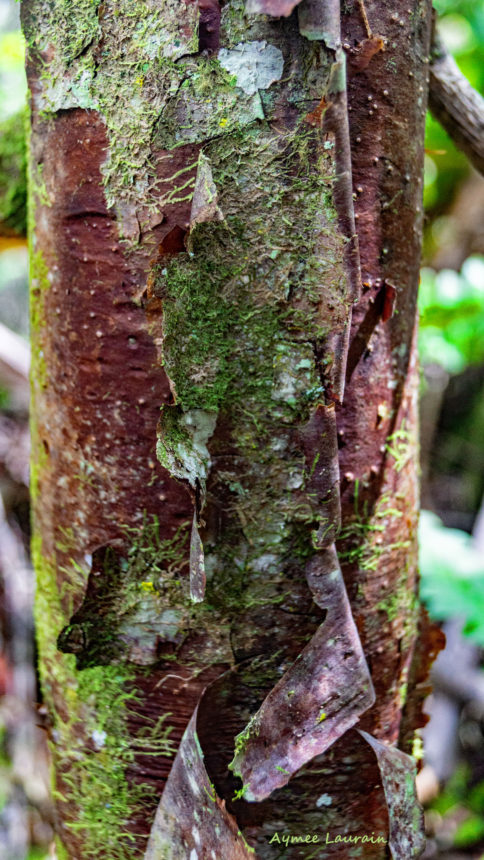
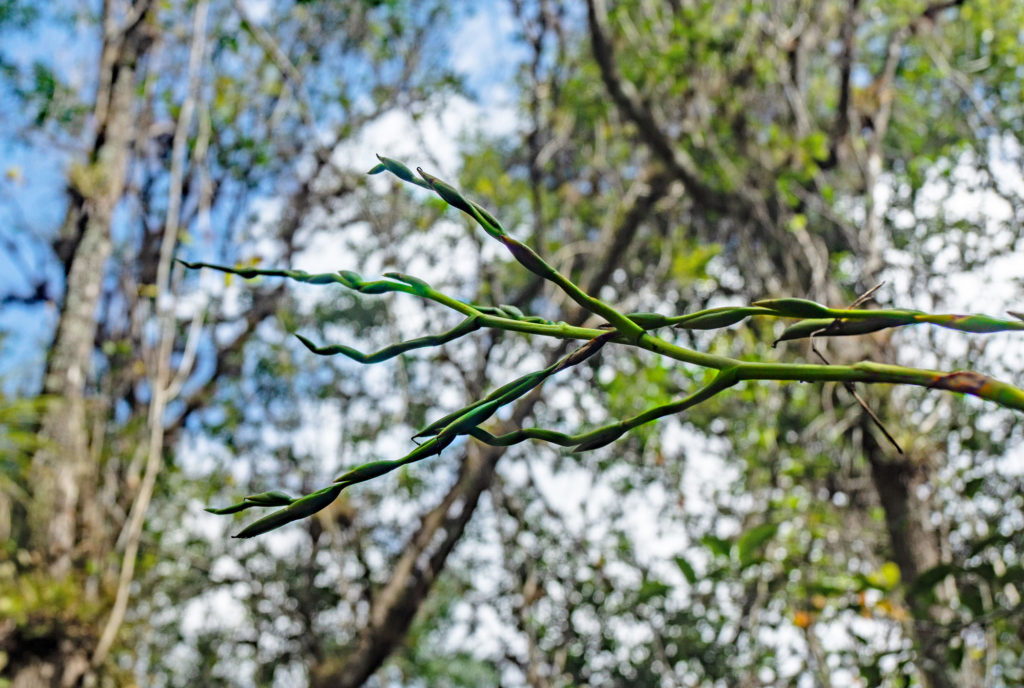
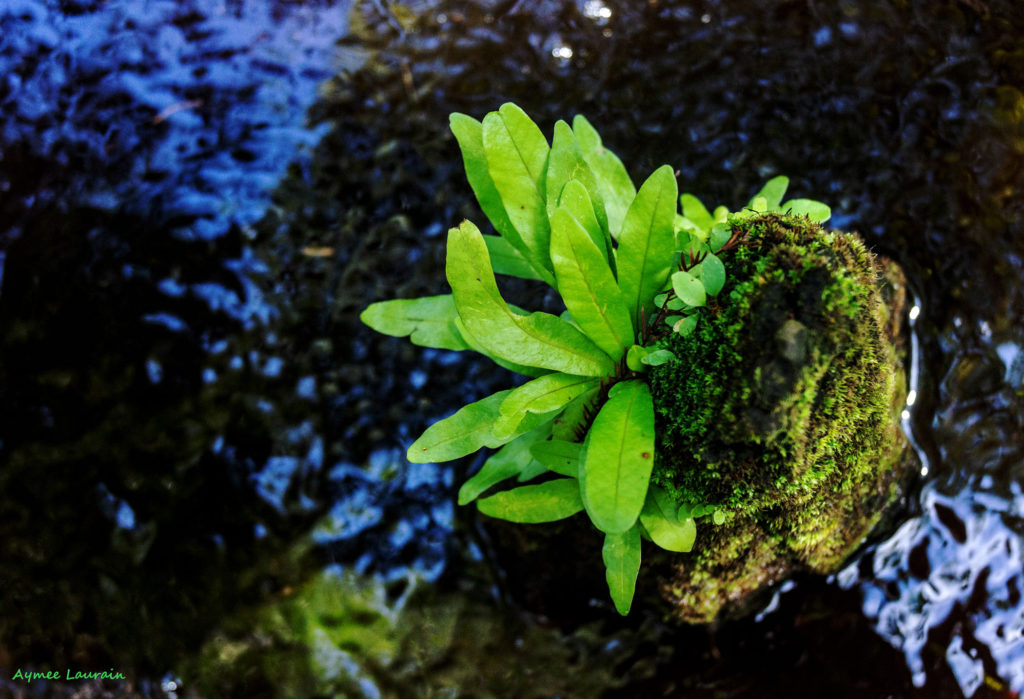
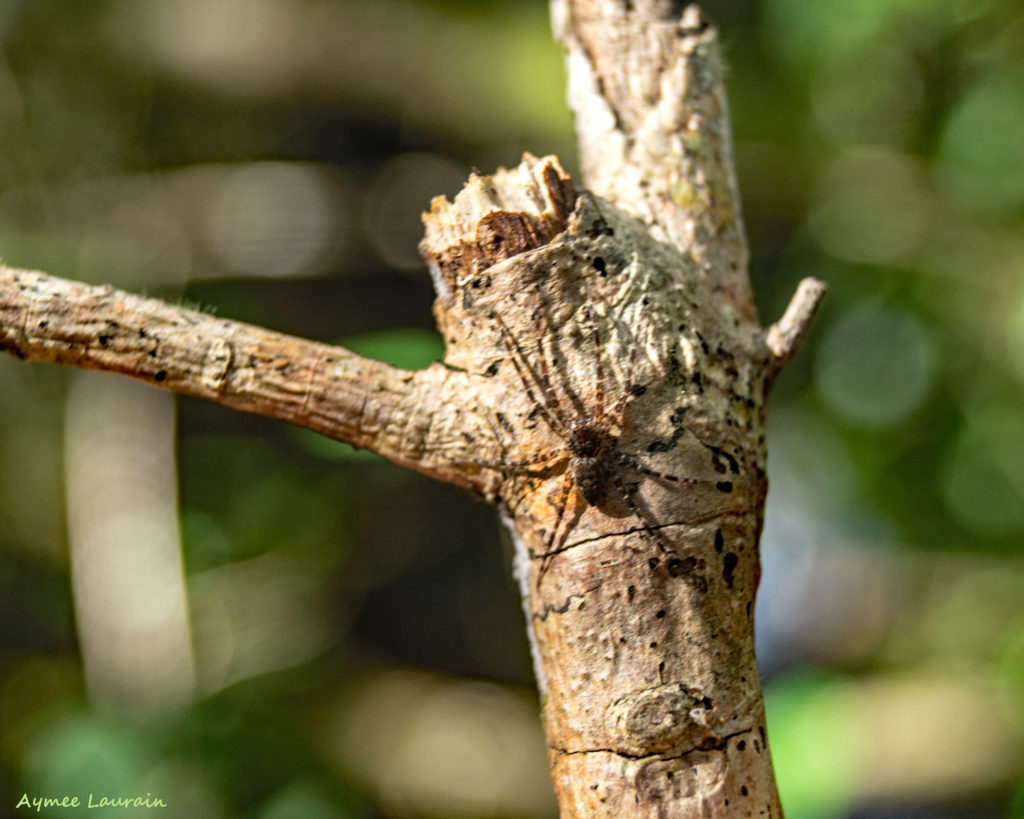
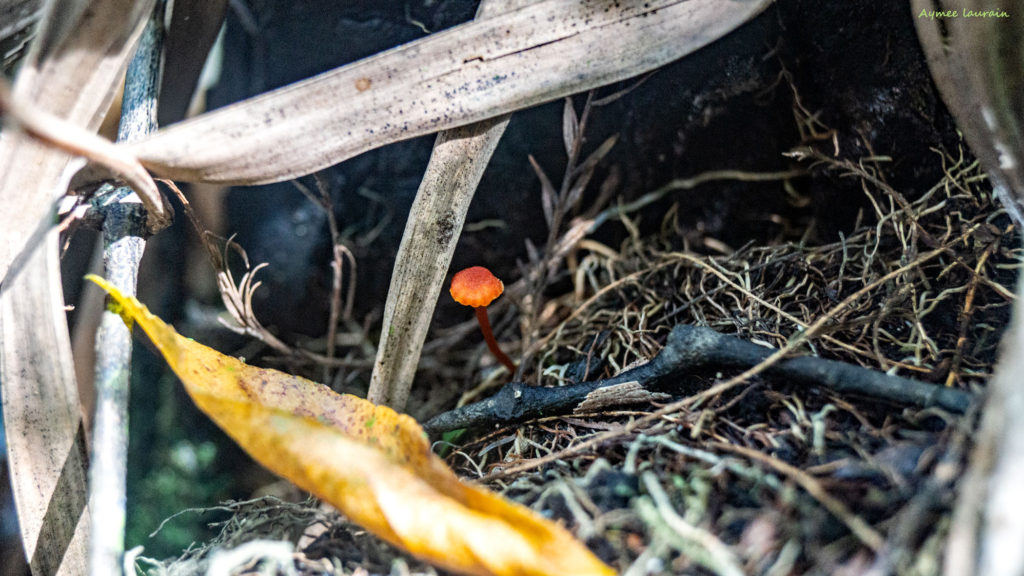
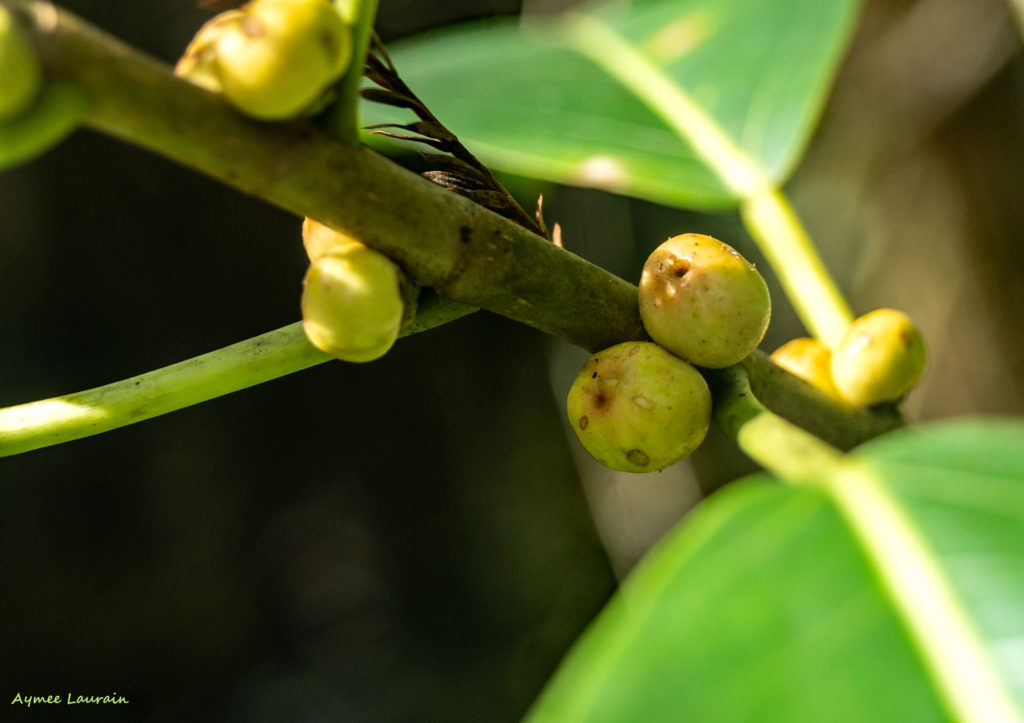
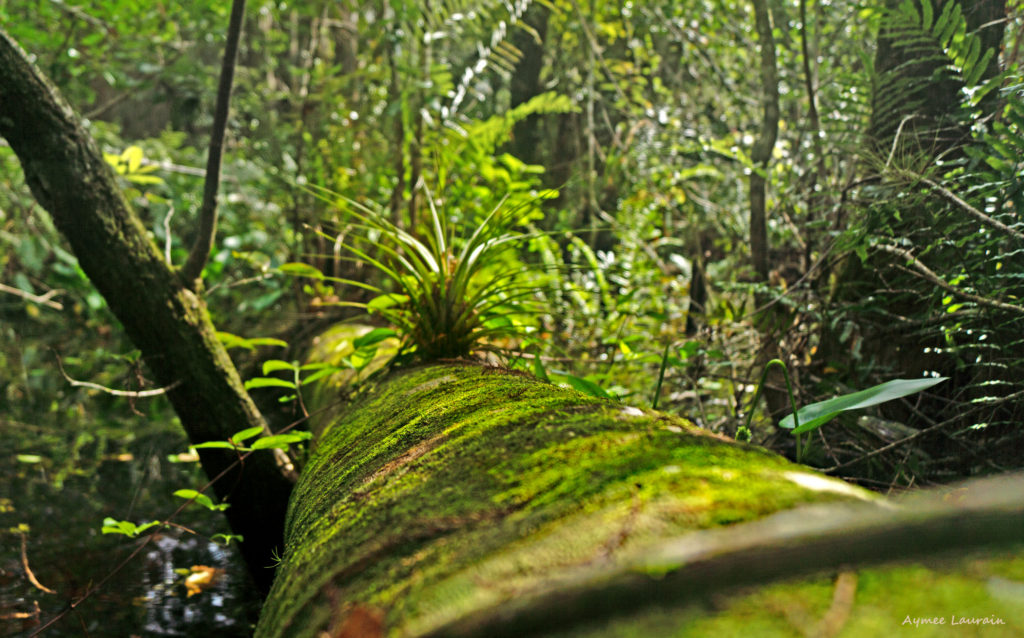
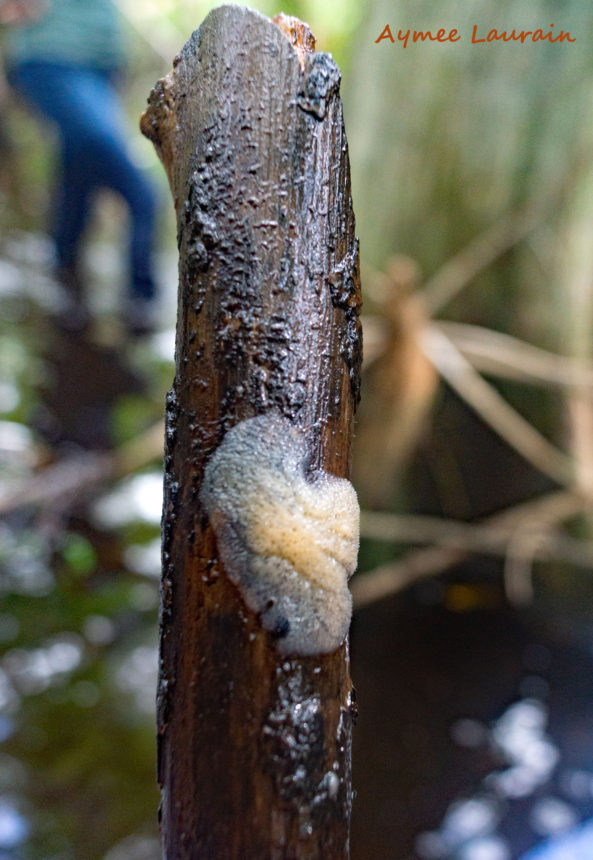
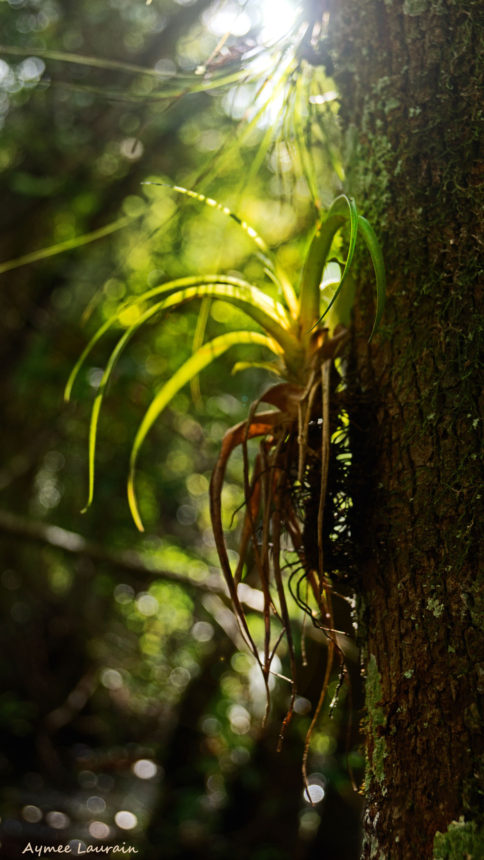
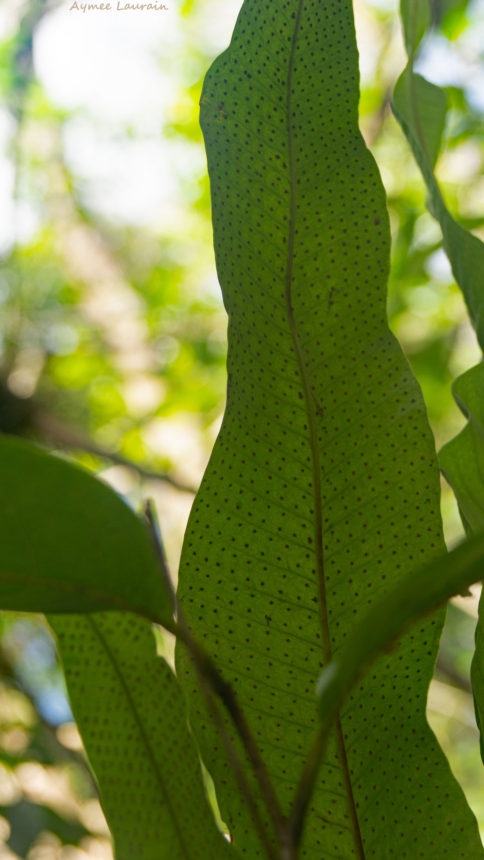
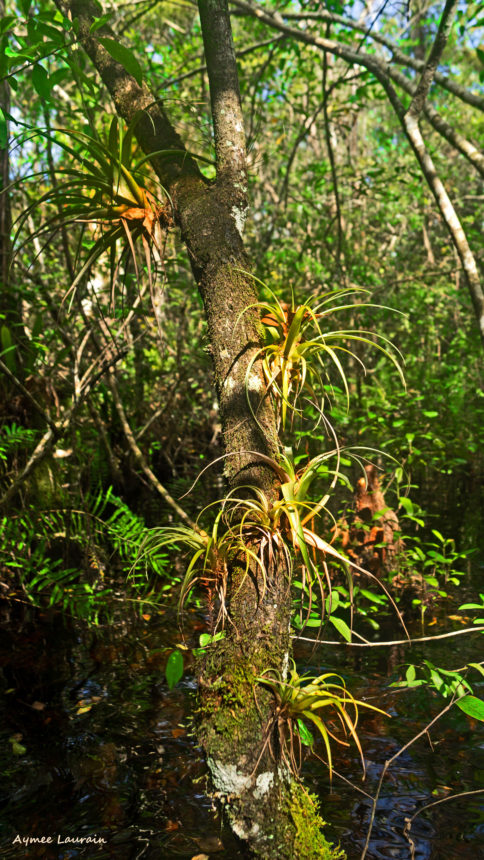
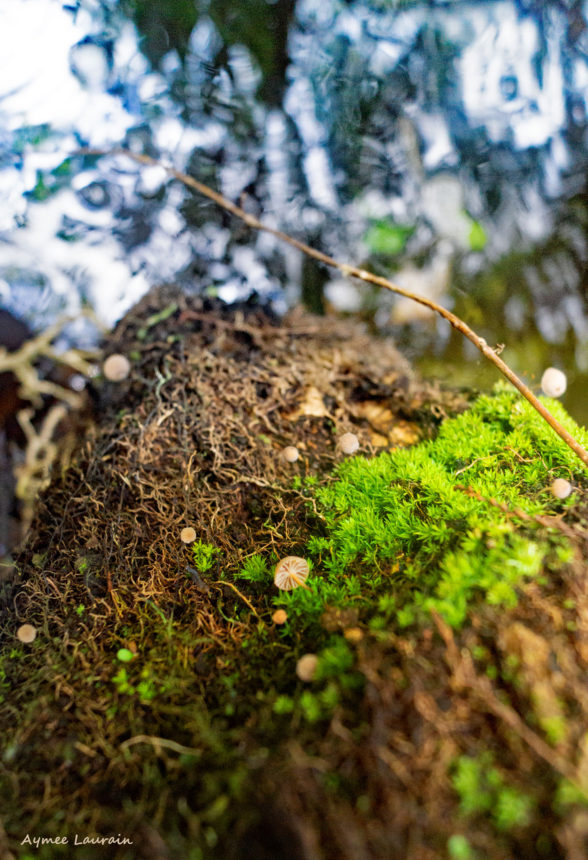
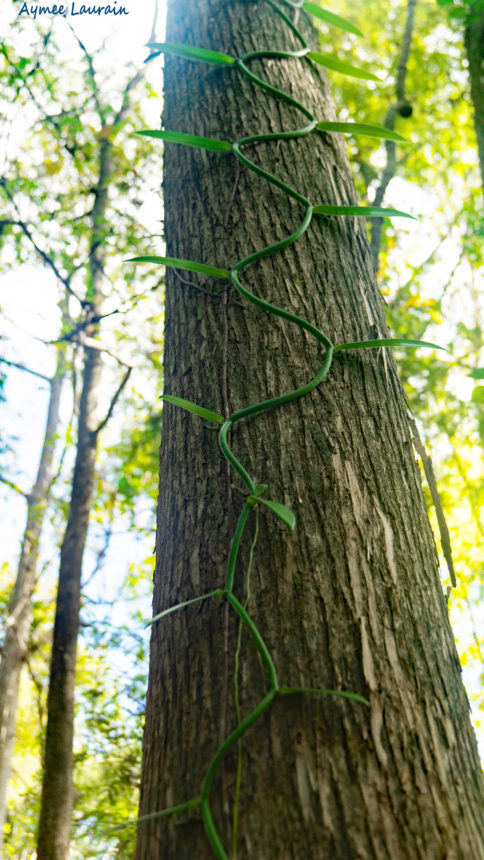
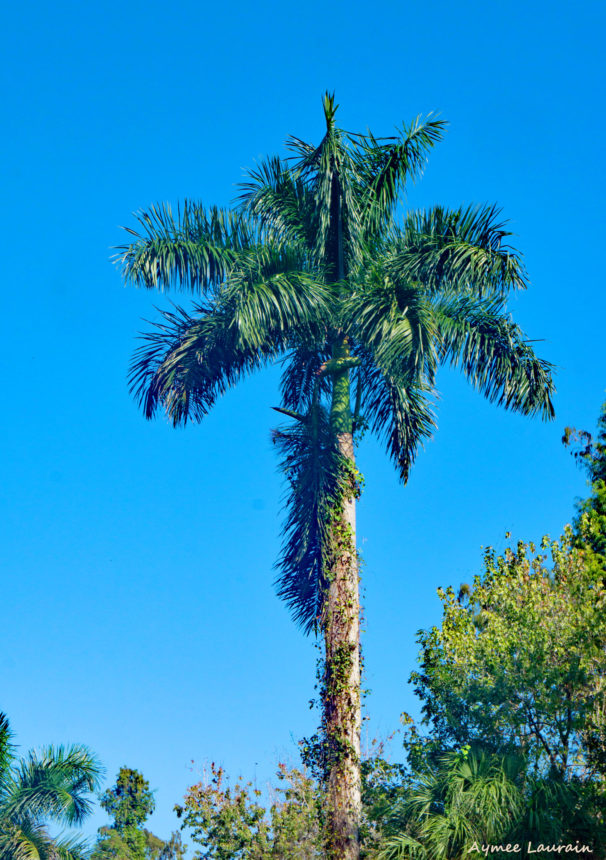
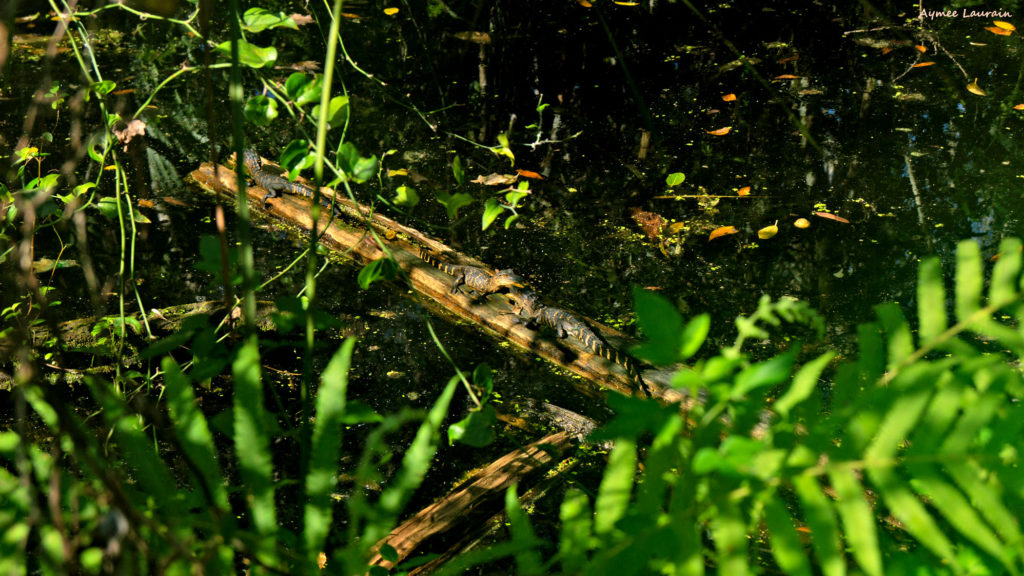
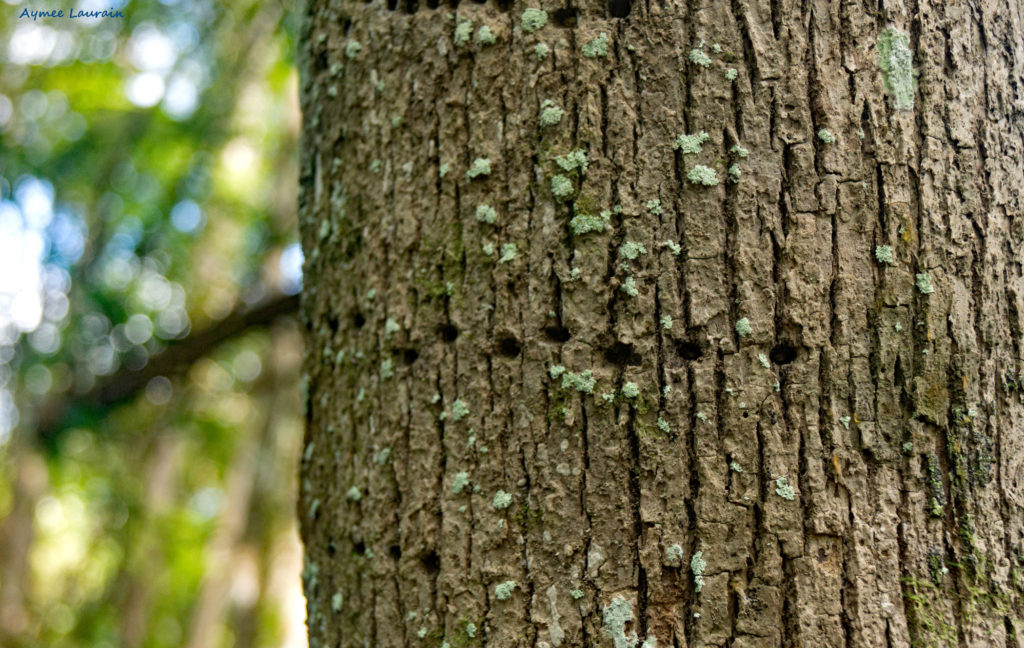
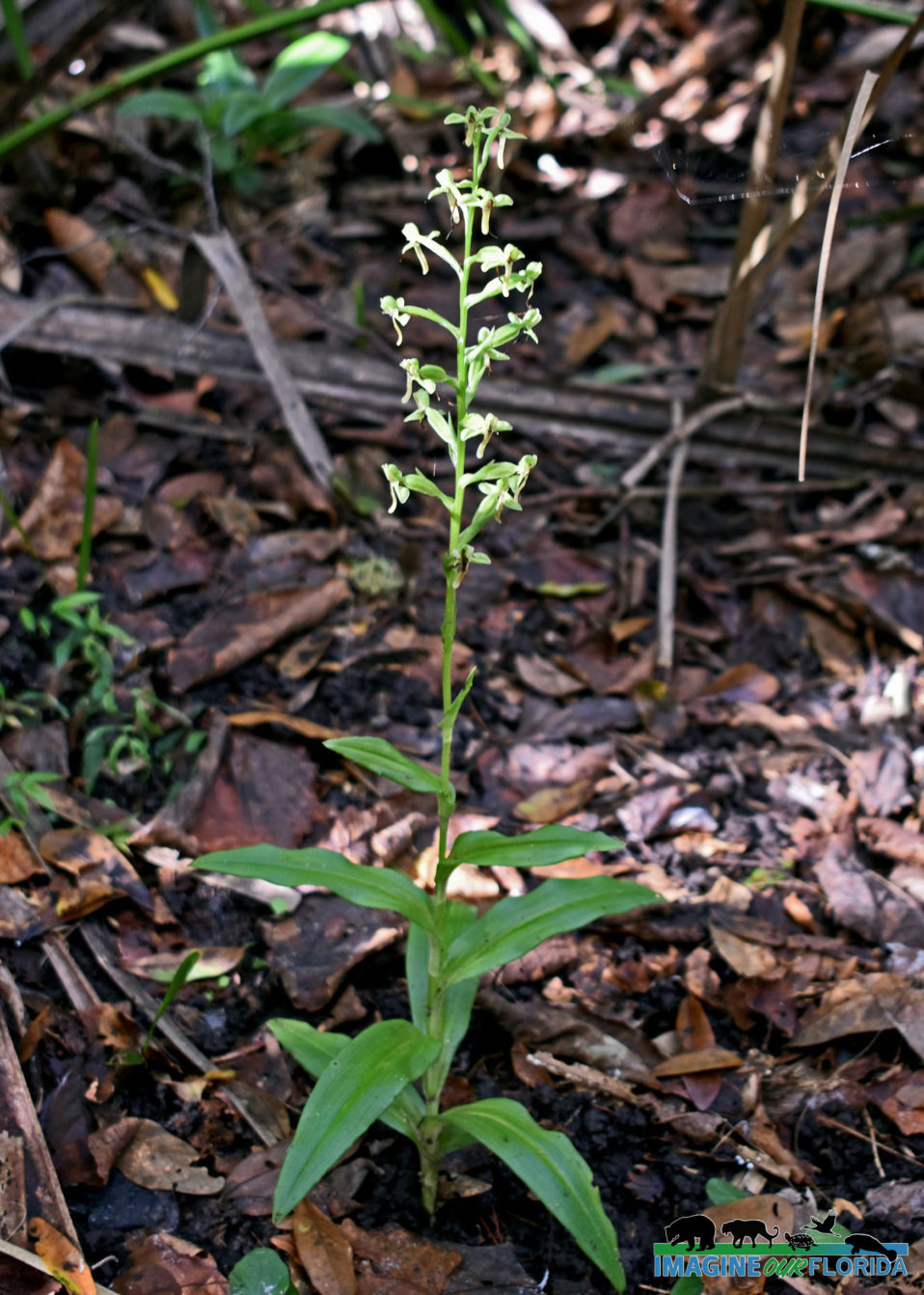
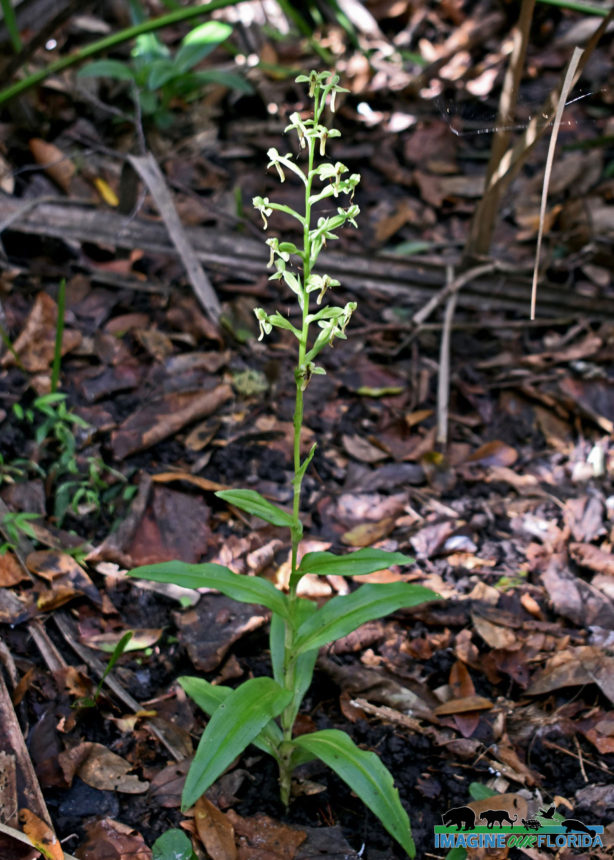
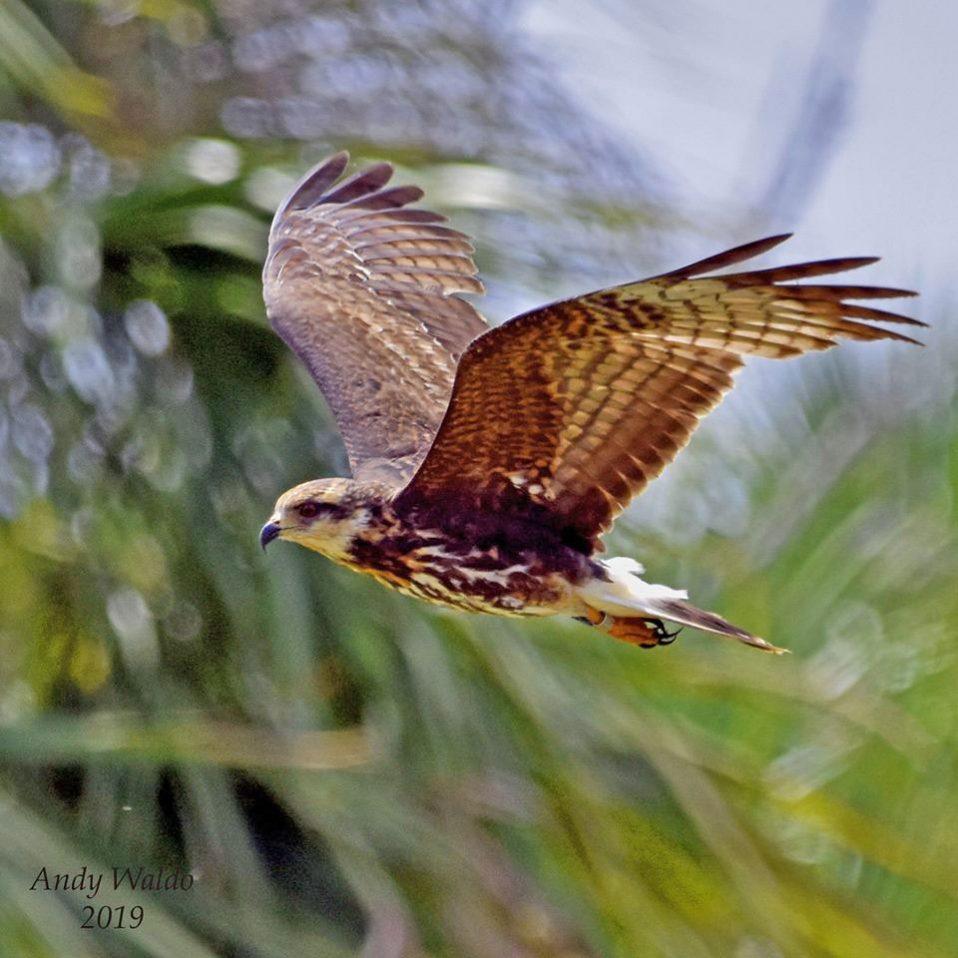
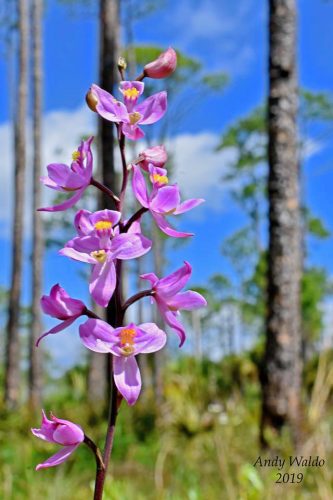
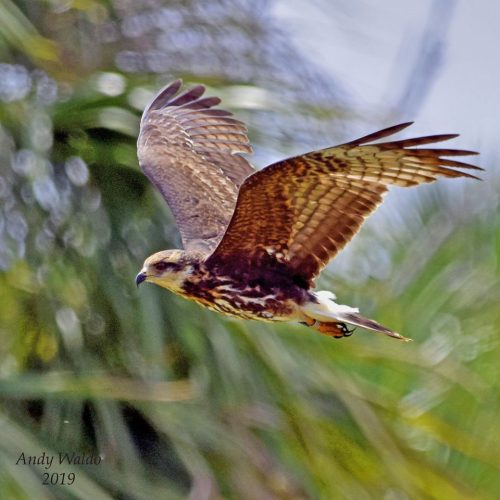
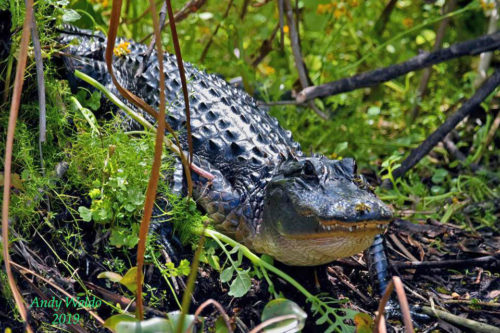
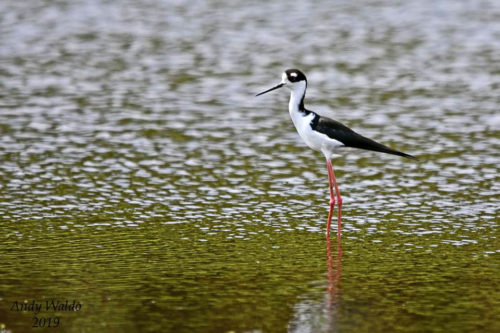
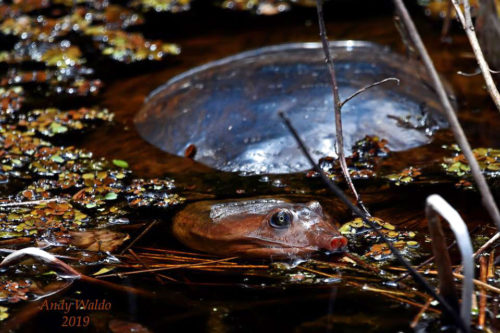
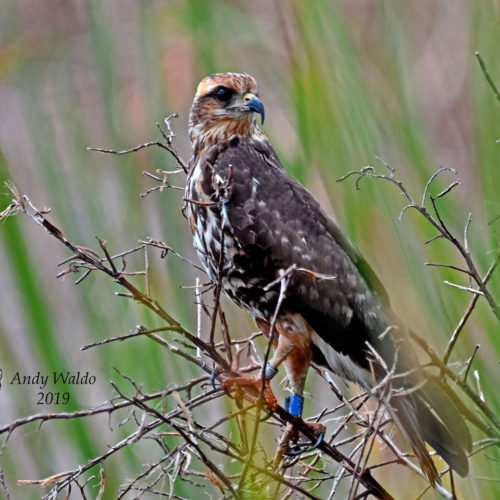
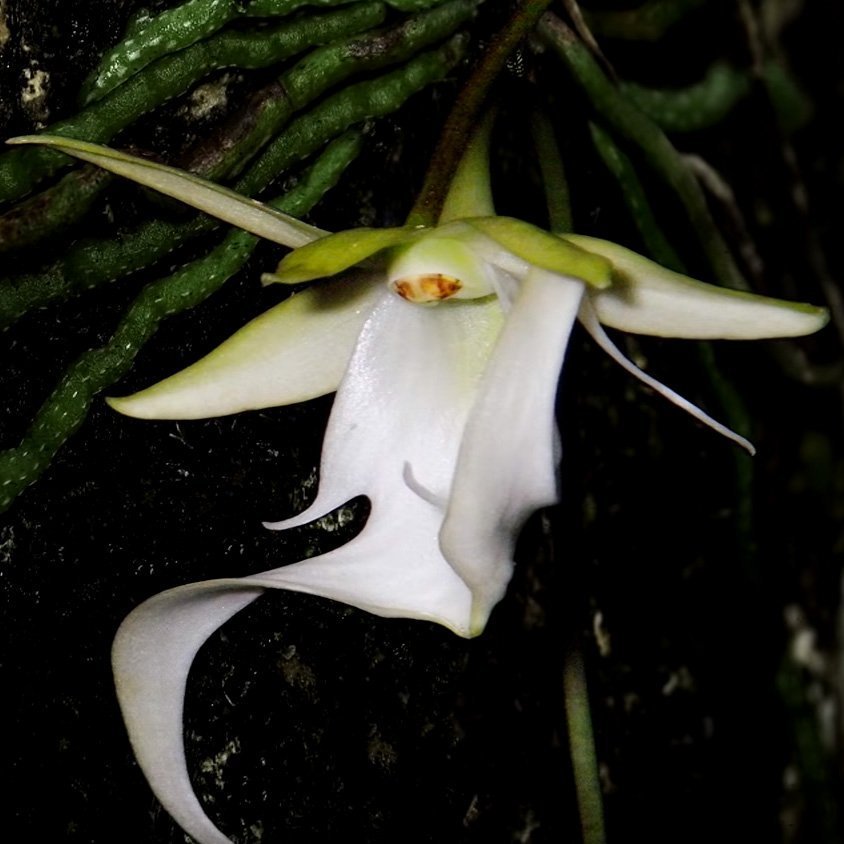
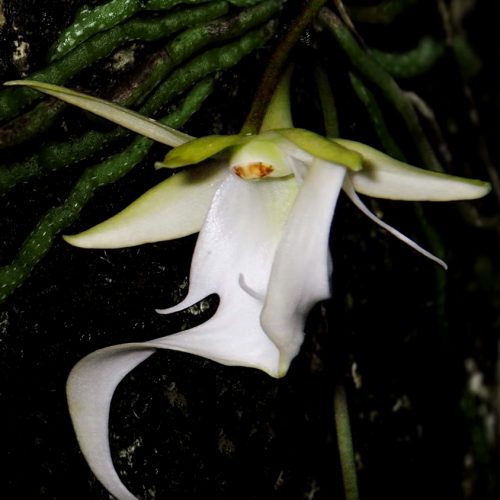
Recent Comments